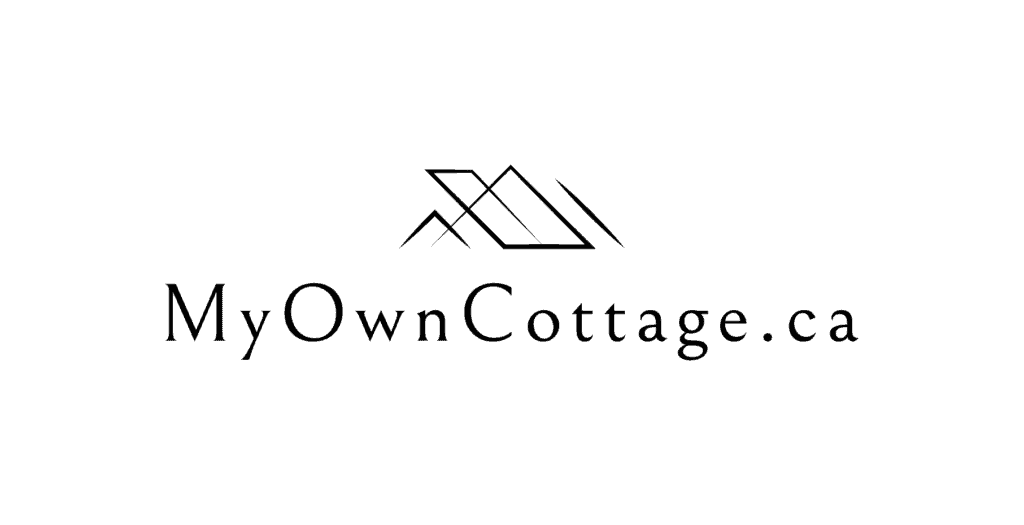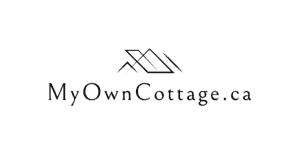Additional costs may include site prep, land clearing, transportation costs, foundation installation, and utility connections.
FAQ
Financing Options for Modular Homes
Traditional mortgages, construction loans, home equity loans, personal loans, and rent-to-own options are available for financing modular homes.
Government incentives, such as rebates for energy-efficient features, can reduce the overall cost of a modular home.
Yes, you can secure a mortgage for a modular home, although the process may differ slightly from traditional site-built homes.
The cost per square foot for a modular home varies, but it is often lower than that of traditional stick-built homes.

